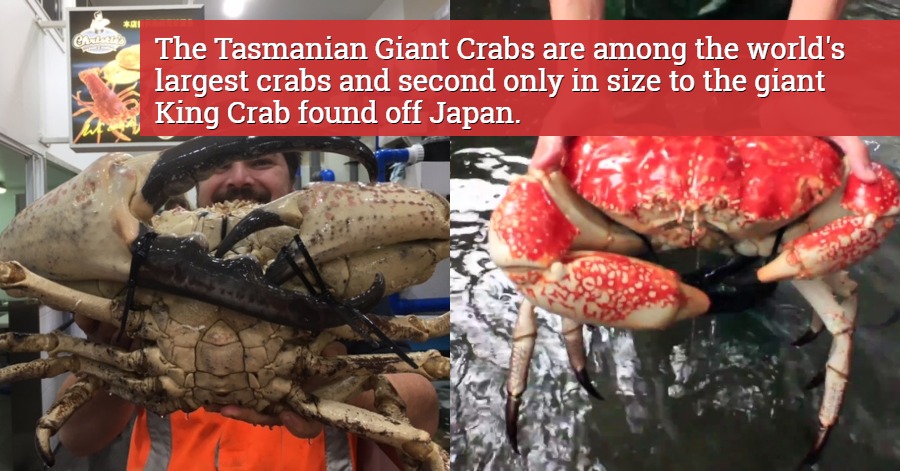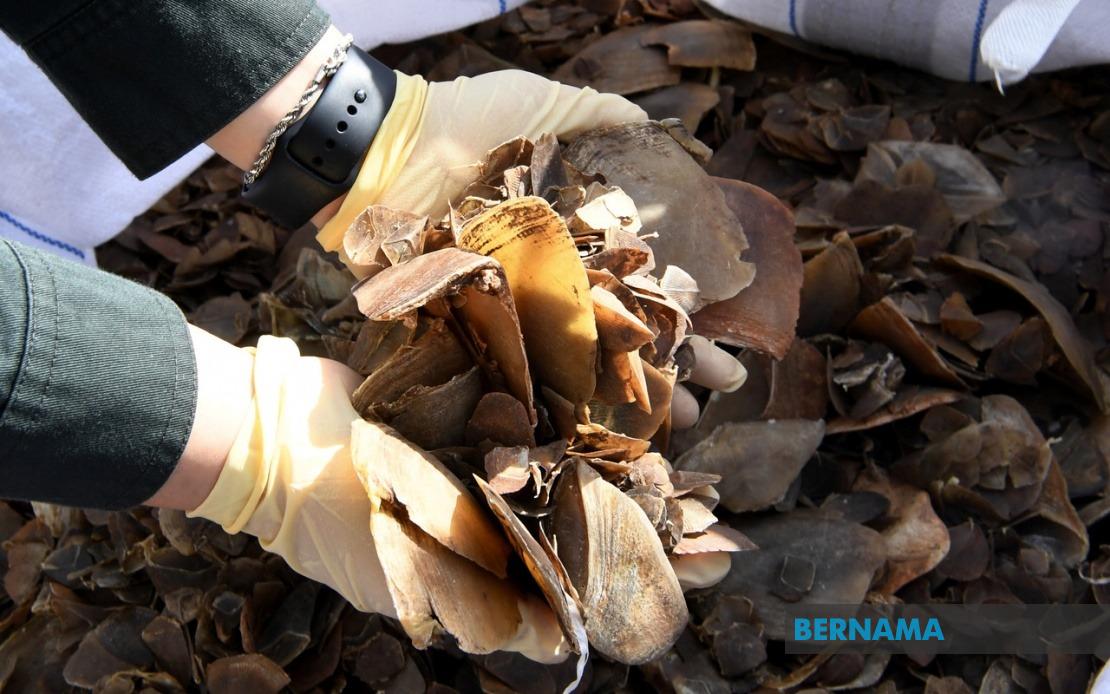If you think only fishes like ‘Ikan Siakap’ can have massive size and be expensive, then you’re probably wrong! As fascinating sea creatures and wildlife maybe, some are just hard to comprehend.
Crabs come in approximately 6,000 different species around the world. Lobsters, shrimp, and prawns are all decapods, as are crabs. These invertebrates belong to the Brachyura family and are protected by a hard shell. They have ten legs and two claws. Crabs can be found in oceans, on land, and in freshwater all throughout the world. Diverse aquatic life consumes them, and they are considered a delicacy in many civilizations.
The Tasmanian Giant Crabs are among the world’s largest crabs and second only in size to the giant King Crab found off Japan. They aren’t as long-limbed as Japanese Spider Crabs, but they are heavier. These gigantic crustaceans may weigh up to 20 pounds (9 kilograms) and have a 17-inch-long claw!
Habitat

Picture: Media Storehouse
Off the coasts of Tasmania and southern Australia, Tasmanian Giant Crabs can be found. They can be found at depths ranging from 20 to 600 meters, however, they are most prevalent in the 200-meter range. They have a lengthy lifespan and a modest growth rate. In the world of invertebrates, the species’ females are actually good parents. They can carry their eggs for up to four months in their bodies. What’s even more amazing is that there could be nearly 2 million eggs!
In the summer, it may be found at a height of 110–180 meters (360–590 feet), and in the winter, it can be found at a height of 190–400 meters (620–1,310 feet). Temperature dictates seasonal motions, as it favors 12–14 °C (54–57 °F). The species appears to be visible in a temperature range of 10–18 °C (50–64 °F).
Behavior
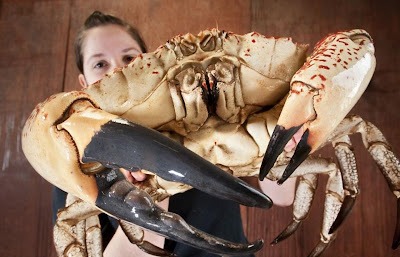
Picture: Stunning Interesting Facts
Smaller slow-moving animals such as gastropods, crustaceans, and starfish are eaten by Tasmanian giant crabs. They will also eat carrion, which is dead and decayed flesh from previous lives. In June and July, they mate, and the female bears the 0.5–2 million eggs for four months. Planktonic larvae drift with the stream for about two months after hatching before settling on the bottom. The species is slow-growing and has a lengthy lifespan; juveniles moult their carapace every three to four years, and adult females every nine years. Mating is only possible after the old carapace has been shed and the new one is still soft, which severely limits the breeding frequency.Their carapace has a red top and a yellow or light-colored belly. When females start producing eggs, their shells change colour.
Fishery
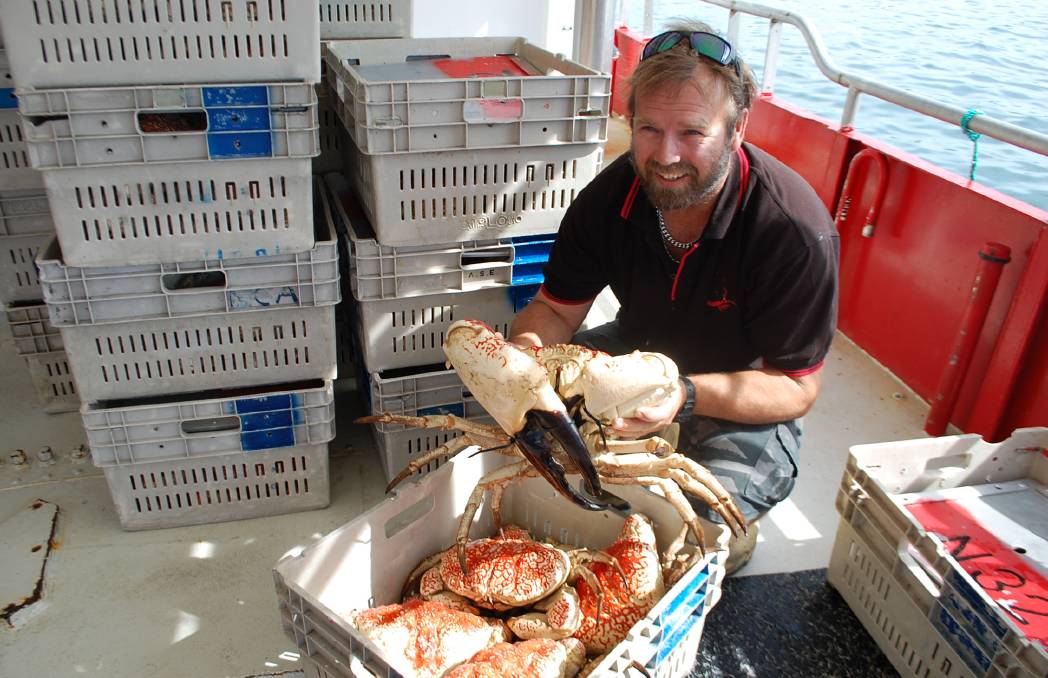
Picture: Port Lincoln Times
It is a species that is commercially fished. Since 1992, the species has been commercially fished in Tasmanian waters. In water deeper than 140 meters, fishing is usually done with pots (460 ft). Following concerns about the long-term viability of capture numbers, the total permissible catch was increased to 62.1 tonnes in 2004. (137,000 lb). In 2005, twenty-five operators fought for the catch, resulting in a total catch worth almost A$2 million. Because the Tasmanian giant crab lives a long time and grows slowly, it is vulnerable to overfishing. They are occasionally maintained alive in tanks with water that is 10–14 °C (50–57 °F) before being exported.
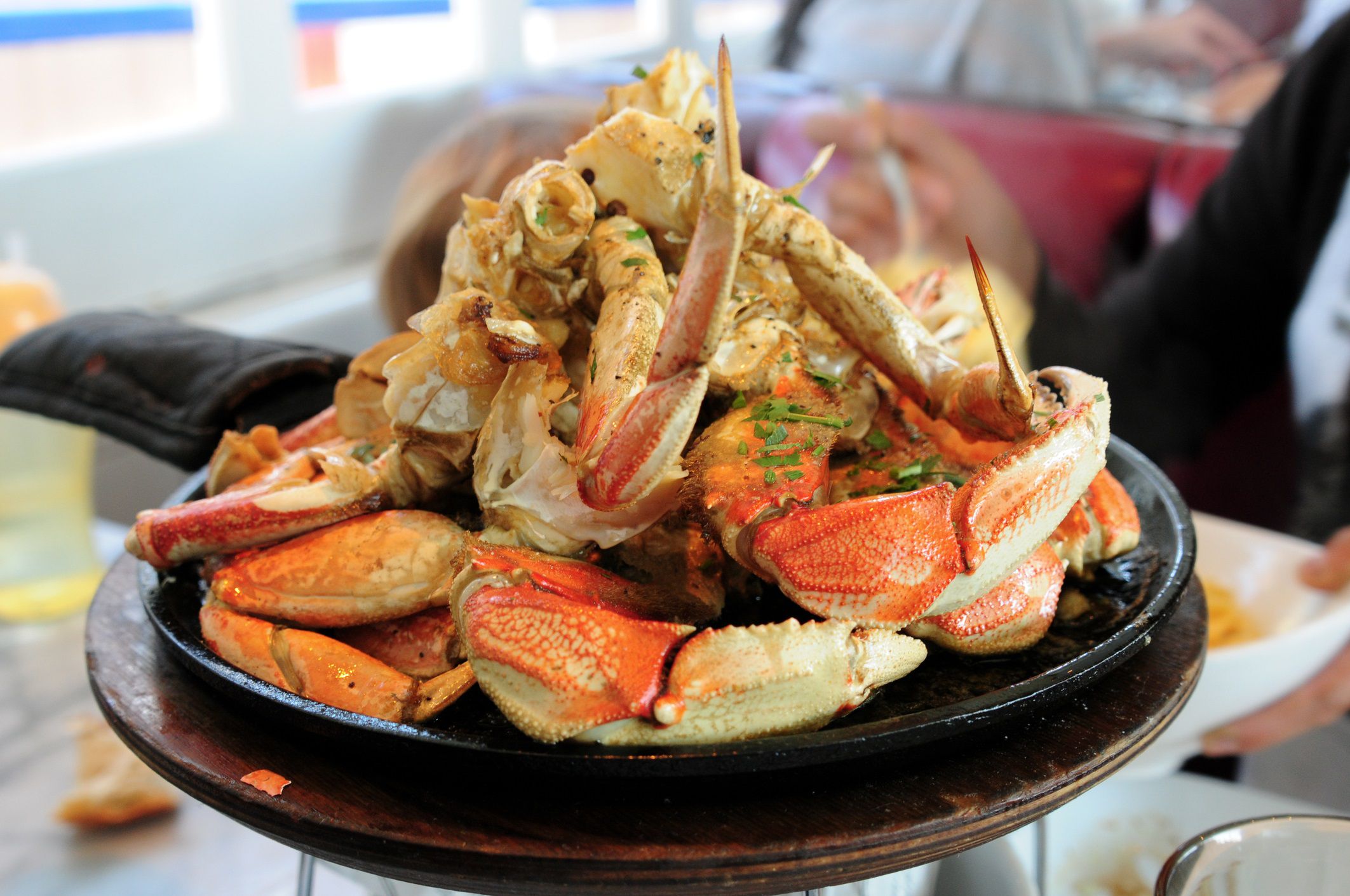
Picture: The Spruce Eats
Tasmanian Giant Crabs are known to have exquisite taste when it is cooked. The Tasmanian giant crab is being sent live to restaurants in Asia, particularly Hong Kong, and Australia.
Sources: Animal A Day, Sea-ex, AZ Animals, Kiddle, Weekend Note




















